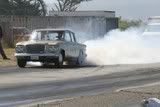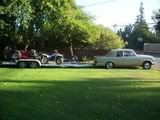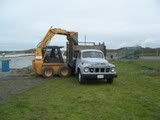Looks like Norris made it into February 09 Rod and Custom magazine for being out at Bonneville. Nice top speed of 201.992 stated.
congrats Norris.

This photo wasn't the one published.
ChopStu

congrats Norris.

This photo wasn't the one published.
ChopStu


 That has to be the fastest R series?
That has to be the fastest R series? 



 )]. That to me reminds me of a few of the guys I used to know who were God's gift to racing, who raced down the freeway with a trunk full of stereo equipment[
)]. That to me reminds me of a few of the guys I used to know who were God's gift to racing, who raced down the freeway with a trunk full of stereo equipment[
Comment